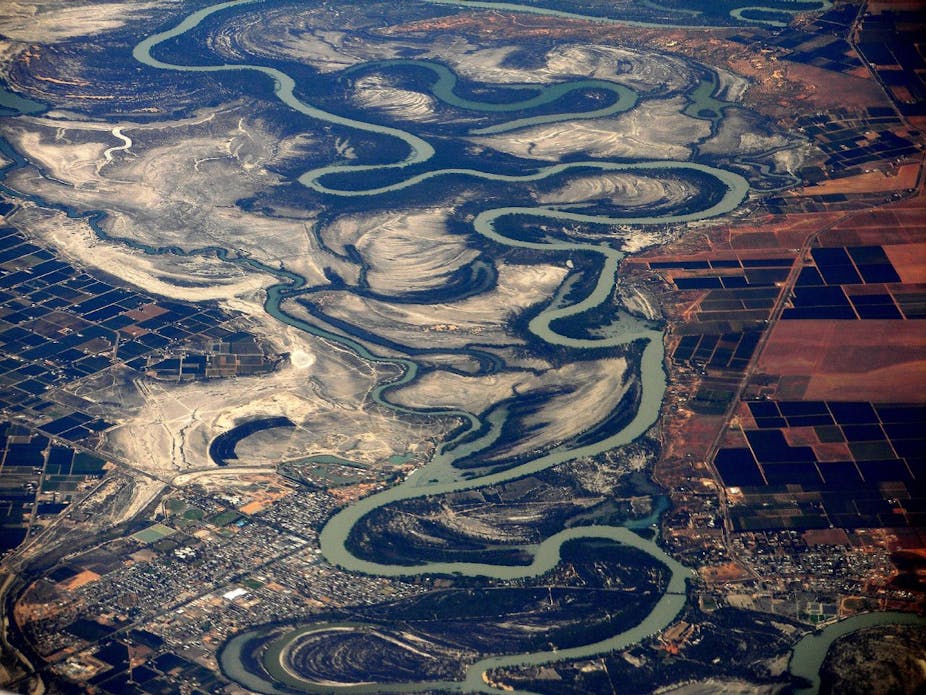The Murray Darling Basin Authority is about to release a Draft Plan for the management of the Murray Darling Basins water resources.
As with all plans, there will be devil in the detail, especially in the way the Authority chooses to specify Sustainable Diversion Limits (SDLs).
The term Sustainable Diversion Limits refers to the amount of water that can be taken from the Basin without compromising the environment.
The final version of the Basin Plan is due to be gazetted in 2012 and, once gazetted, the limits specified in it will be very difficult to change.
What’s on the table
When it comes to working out SDLs, the Water Act gives the Authority three choices. The Authority can
a) set a number, as is proposed in the controversial Guide to the Basin Plan. b) use a formula; or c) specify sustainable diversion limits in any other way that the Authority determines to be appropriate.
When option a) or b) is used, the Act requires any reduction in diversion limits to be implemented via a torturous Basin-wide review process. This involves full consultation with Murray Darling Basin states, approval by the commonwealth minister and scrutiny by Parliament.
If the resultant review results in a reduction in the limits, the Act requires that a compensating cheque be sent to each entitlement holder adversely affected by the reduction.
Option c), on the other hand, allows the Murray Darling Basin Authority to be as innovative as it wants to be.
Managing a sunburnt country
To paraphrase Dorothy Mackellar, a good Basin Plan needs to plan for both droughts and flooding rains. Given the likelihood of changes in technology and the climate, a fixed number based on averages – option a) – does not seem like a good idea.
Conceptually, a formula sounds better than a number as it can allow for change. But all the variables and coefficients in the formula would need to be right from day one. Difficult!
Given these limitations, we believe that option c) is worthy of serious consideration.
Adapting to circumstance
If the Authority chooses the flexible approach, Sustainable Diversion Limits could be published in the Basin Plan in 2012, but specified as the starting point in a continuous search for better ways to manage and use the Basin's water resources.
To open up this opportunity and set up an adaptive framework, the Basin Plan would need to establish a register and allow this register to be changed as innovation occurs and knowledge improves.
Local community representatives could request an amendment of their limits to account for any initiative they have taken.
Initiatives they might consider include investment in so-called environmental works and measures and policy changes that enable the more efficient delivery of environmental outcomes.
Where to from here?
When the draft Basin Plan is released, we urge careful consideration of the way sustainable diversion limits are specified and how adaptive the Basin Plan should allow management arrangements to be.
If governments want to allow improvements to the Basin Plan in partnership with communities, they must take an approach that allows them to be flexible.
If they set the limits at a particular number, a mistake they made in the Guide, SDLs will be cast in stone in a manner that could stifle improvement, discourage local initiatives and effectively freeze progress.
This article was co-authored by Jim McColl.

